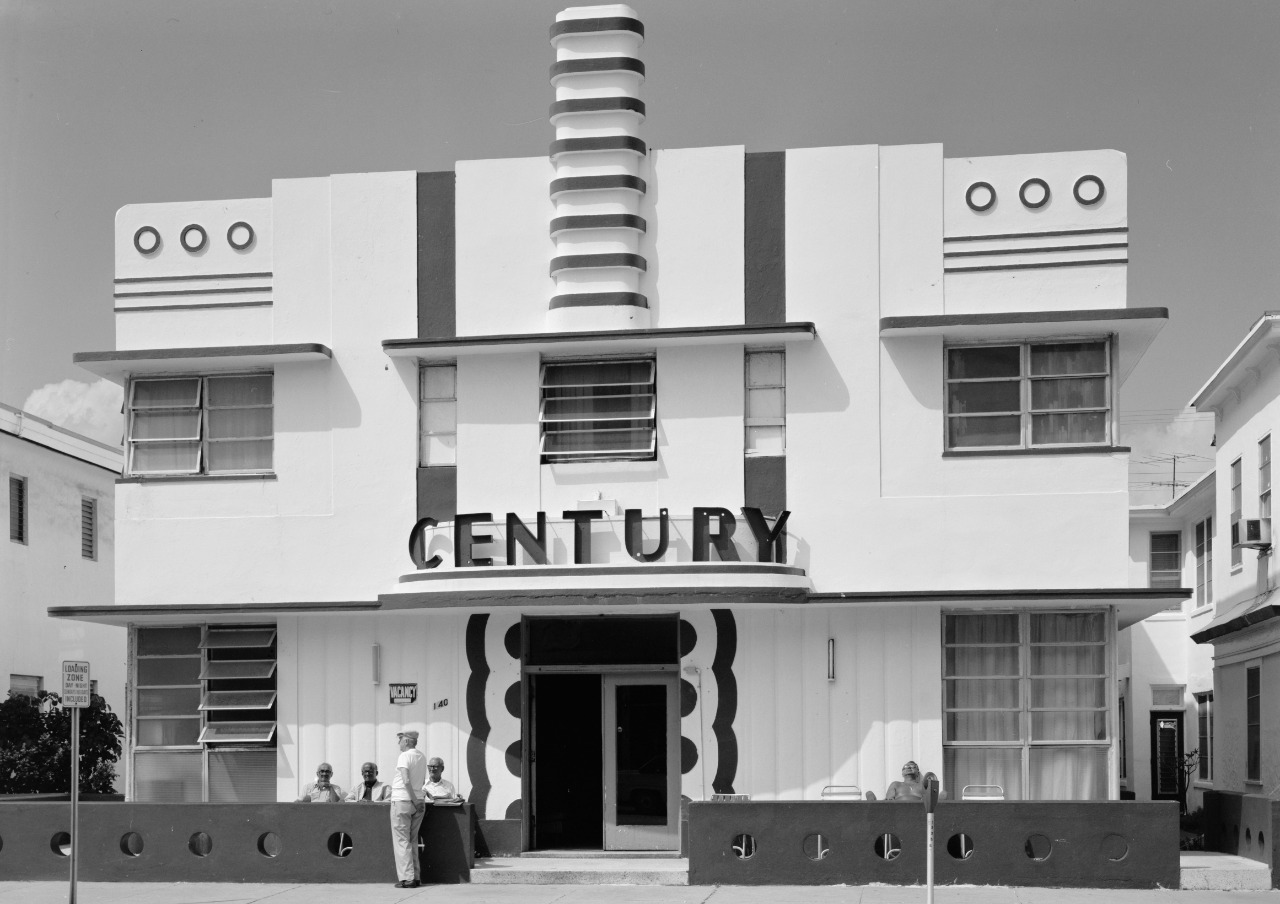As an architect, I have always been fascinated by the mid-century modern architecture movement that emerged in the 1940s and 1950s. This design movement, also known as the International Style, produced some of the most iconic buildings and architectural styles of the 20th century. The rise of mid-century modern architecture responded to the economic and social changes that took place during this period. Its influence can still be seen in contemporary architecture today.

One of the most defining characteristics of mid-century modern architecture is its focus on simplicity, functionality, and minimalism. Architects of this movement believed that buildings should be designed with a clear purpose and that form should follow function. This principle is evident in the clean lines, unadorned facades, and the use of industrial materials such as steel and glass.
The mid-century modern architecture movement also emphasised creating buildings that were in harmony with their surroundings. Architects of this movement believed that buildings should be designed to respond to their environment and that they should be integrated with nature. This principle is evident in the use of large windows and open floor plans, which allow natural light to flood into the building and create a connection between the interior and exterior spaces.
Using new materials and technologies was also important to the mid-century modern architecture movement. Architects of this movement used new materials such as reinforced concrete, steel and aluminium to create new forms of architecture that were both functional and aesthetically pleasing. This approach has been continued in contemporary architecture, where architects use new materials and technologies to create innovative and sustainable buildings.
Another defining characteristic of the mid-century modern architecture movement is the use of asymmetry and the rejection of traditional architectural styles. Architects of this movement believed that buildings should be designed based on their intended function and not based on historical styles. This approach is evident in the use of simple geometric shapes and the absence of ornamentation.
The mid-century modern architecture movement has had a lasting influence on contemporary architecture. Many of the design principles and techniques that were developed during this period are still in use today. The focus on simplicity, functionality, and minimalism, the use of new materials and technologies, and the emphasis on creating buildings that are in harmony with their surroundings continue to shape the field of architecture today.
Overall, the mid-century modern architecture movement produced some of the most iconic buildings and architectural styles of the 20th century. The movement’s focus on simplicity, functionality, and minimalism, the use of new materials and technologies, and the emphasis on creating buildings that are in harmony with their surroundings continue to shape contemporary architecture today. As an architect, I am deeply influenced by the mid-century modern architecture movement and strive to incorporate its principles in my work.
The rise of the mid-century modern architecture movement has contributed to developing a more holistic and sustainable approach to architecture. Today, architects are concerned with designing buildings that are functional and aesthetically pleasing and with designing buildings that are sustainable and responsive to their environment. The mid-century modern architecture movement’s legacy inspires architects today to strive for better, more sustainable, and more livable spaces for everyone.
For CADBlocks, Visit us

